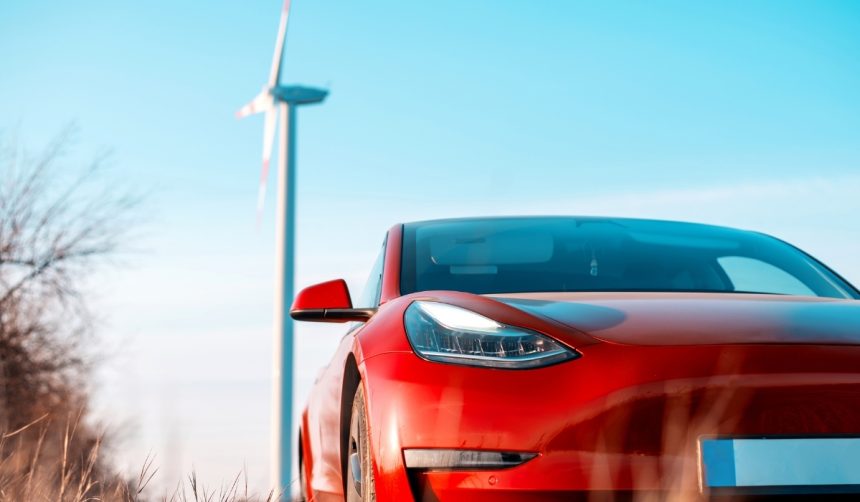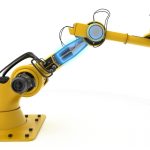Tesla has expanded its lineup with the launch of two new autonomous vehicles, the Cybercab and the Robovan. These vehicles are designed to cater to different transportation needs, reflecting Tesla’s commitment to innovative mobility solutions. The Robovan, in particular, has sparked interest due to its compact size and potential compatibility with existing infrastructure projects.
Previously, Tesla’s focus on electric vehicles has paved the way for advancements in autonomous driving technology. The introduction of the Cybercab and Robovan marks a significant step towards offering versatile transportation options that address both individual and mass transit requirements.
How Will the Robovan Enhance Mass Transportation?
The Robovan is engineered to meet the demands of mass transportation by accommodating multiple passengers and cargo simultaneously.
“[The Robovan] solves all the needs from, basically when you have multiple groups, if you need to carry boxes, packages, and all the needs for mass transportation that aren’t really solved now,”
stated Franz von Holzhausen, Tesla’s Chief Designer.
What Distinguishes the Cybercab from Traditional Vehicles?
The Cybercab features a unique two-seater design tailored for ride-sharing services, accommodating one to two passengers efficiently. Von Holzhausen explained,
“Robotaxi is designed for, like generally most rides, and this is designed for when you have more than six to eight people and you need more.”
This design choice reflects Tesla’s strategy to optimize vehicle functionality for different usage scenarios.
Could the Robovan Fit Inside Boring Company Tunnels?
There is a possibility that the Robovan’s dimensions allow it to navigate through Boring Company tunnels. During an interview, von Holzhausen responded with a playful, “possibly,” indicating potential synergy between Tesla’s design and The Boring Company’s infrastructure. However, concrete plans regarding this integration remain undisclosed.
In earlier announcements, Tesla has emphasized the importance of adaptable vehicle designs to complement emerging transportation infrastructures. The Robovan’s flexible suspension system, which automatically adjusts ground clearance based on road conditions, further enhances its suitability for varied environments.
The new vehicles were showcased at the “We, Robot” event, highlighting Tesla’s ongoing efforts to innovate in the autonomous vehicle sector. Reports from previous events indicate a consistent pattern of Tesla leveraging design and technology to address both present and future transportation challenges.
Tesla’s latest offerings, the Cybercab and Robovan, demonstrate the company’s dedication to expanding the capabilities of autonomous transportation. By addressing specific market needs and exploring integration with infrastructure projects like those of The Boring Company, Tesla positions itself at the forefront of the evolving mobility landscape. The Robovan’s potential to serve both individual and collective transportation needs underscores Tesla’s versatile approach to sustainable and efficient vehicle design.










